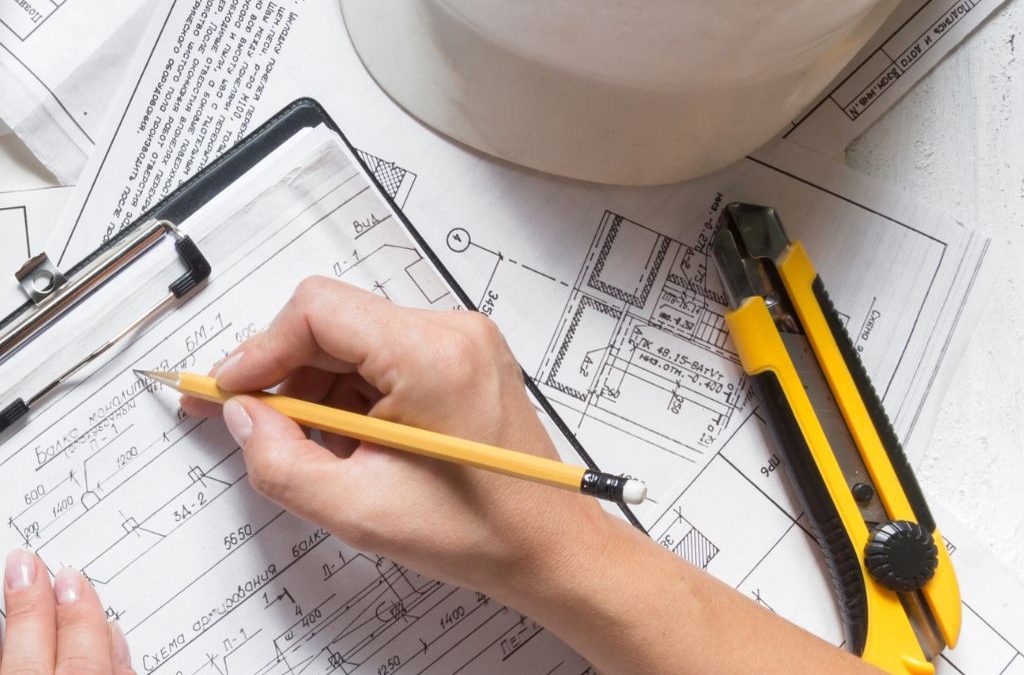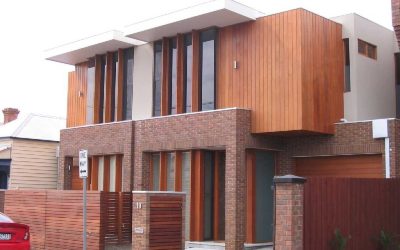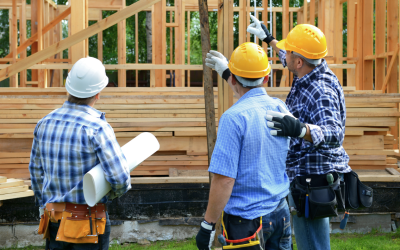Builders in Melbourne typically provide quotes for their services based on the specifics of the project and the requirements of the client plus adherence to the building regulations. The process of quoting for a home extension project in Melbourne involves several steps:
1. Initial Consultation
The client and builder meet to discuss the project’s scope and requirements. The builder assesses the site and listens to the client’s ideas, needs and wants.
2. Detailed Project Brief
The client provides a detailed project brief, which includes working drawings, specifications, engineering and any other documents relevant to assisting the builder in quoting accurately your home extension.
Creating a detailed project brief is essential to ensure the construction of your home extension is executed as per your specifications and requirements. A detailed project brief helps achieve accurate builder’s quotes and minimises misunderstandings prior to and during construction.
As part of your brief you may want to consider:
- Project scope – working drawings by an architect or building designer (architectural), structural and civil engineering and specifications listing what particular items for the builder to quote or to include the item as a prime cost (PC) or provisional sum (PS).
- Budget – Include the budget for the project
- Timeline – When do you expect the construction to begin and/or what is the project’s deadline for completion
- Contract Type – Standard Contracts such as HIA, Master Builders or Fixed-Price Contract, Cost Plus Contract or Custom Contracts.
- Selection Criteria – List your criteria for selecting a builder – experience, references, safety record, financial stability, ability to commence /complete the project as per your timing
- Insurance – The builder is to prove they can obtain insurance and what is the total value of construction works are they allowed to handle in a year
- Communication – Inform the builder how you wish to handle communications regarding project updates and reporting.
3. Site Visit
The builder should visit the site to get a better understanding of the existing conditions and any potential challenges. They need to assess:
- The local zoning regulations
- How accessible the site is for construction vehicles, equipment, labourers and construction works involving the use of a crane.
- The proximity of existing infrastructure and the cost of connecting to these services if they are not readily available in compliance with environmental laws such as protected habitats or trees
- How close the extension works will be to the neighbours to evaluate its impact on the neighbours such as potential noise and traffic.
4. Itemised Quote
The builder’s quote may be very detailed or may contain basic information such as their price and a brief description of the scope of works that are included and not included in their quote.
A builder’s detailed quote lists project costs such as Materials, Labour, Equipment, Subcontractor, Prime Costs, Provisional sums, Contingencies and Builders margin.
The quote should be clear so clients understand what they are paying for.
5. Timeline
The builder outlines the expected timeline for the project indicating the start date which is linked to obtaining a building permit and the expected completion date.
6. Contract
If the client accepts the quote a contract is typically prepared detailing the terms and conditions of the project, payment schedule, and any warranties or guarantees. Typical contract types are Standard Contract such as HIA, Master Builders or a Fixed-Price Contract, Cost Plus Contract or Custom Contracts.
7. Commencement
Once the contract is signed and permits and builders warranty insurance are obtained construction of your home extension can begin.
8. Progress Payments
Payments are typically made in instalments as the project progresses. The payment schedule is outlined in the contract.
9. Project Completion
The builder completes the project according to the agreed timeline and specifications.
10. Final Inspection and Handover
An inspection is conducted by the building surveyor to ensure the work is completed in accordance with the building regulations and stamped documentation – working drawings, engineering, specification document etc.
The builder will do a walk through with the client to discuss any items noted by the client as defective or incomplete. Once these items are completed the builder will send the client a written notice stating the work has been completed and final payment is made by the client to the builder within 7 days.
Upon payment the builder should give the client possession together with all keys, certificates and warranties.
It’s important for both the client and the builder to communicate openly and regularly throughout the project to address any changes or issues that may arise.













